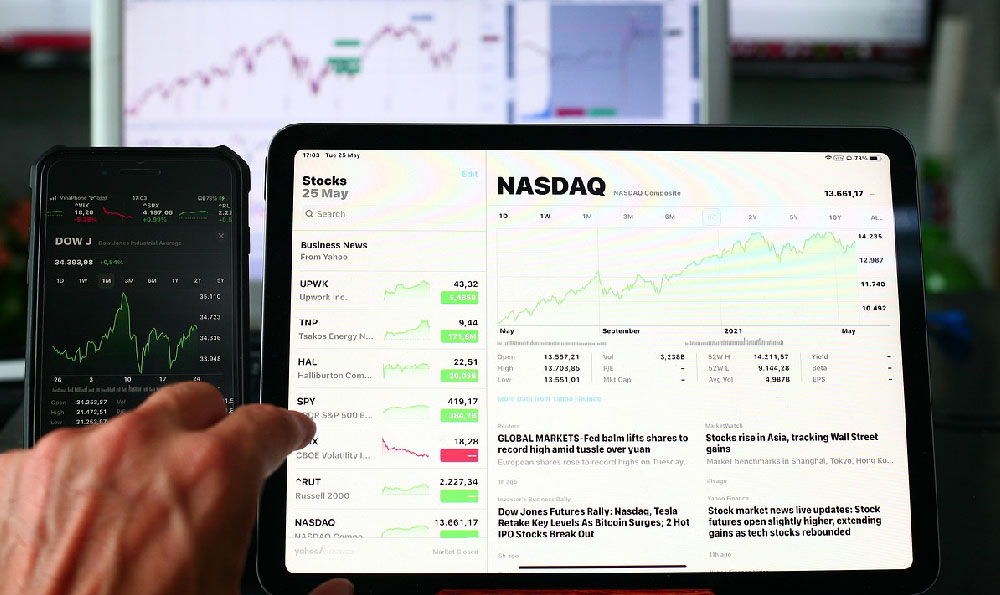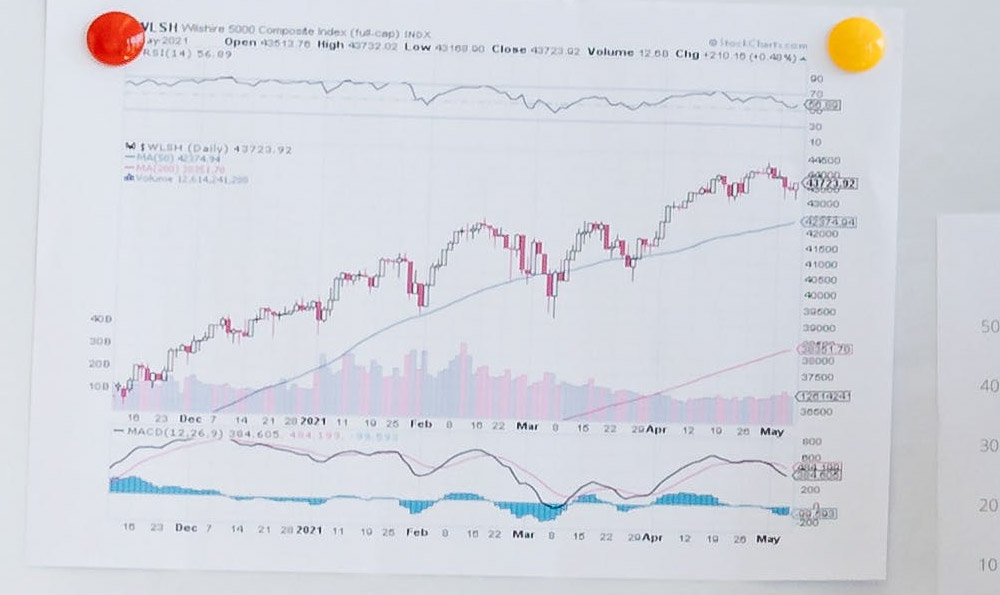How Much Can You Make on YouTube? What Factors Impact Your Earnings?
Okay, I'm ready. Here's an article addressing the question of YouTube earnings, covering the factors that influence them:
How much can you really make on YouTube? It's a question that tantalizes aspiring creators, fuels dreams of financial independence, and is often shrouded in mystery. The truth is, the answer is complex and varies dramatically depending on a confluence of factors. There's no single, simple equation. While some channels struggle to break even, others generate substantial income, even reaching millionaire status. Understanding the mechanics of YouTube monetization, and the numerous variables influencing it, is crucial before diving headfirst into creating content with the expectation of instant riches.
The primary income source for most YouTubers is advertising revenue, specifically through the YouTube Partner Program (YPP). To qualify for the YPP, a channel needs at least 1,000 subscribers and 4,000 valid watch hours in the preceding 12 months. Once accepted, creators can monetize their videos by allowing YouTube to run ads before, during, or after their content. YouTube then shares a portion of the advertising revenue with the creator. This revenue sharing is typically based on a metric called CPM (Cost Per Mille), which is the amount advertisers pay for 1,000 ad impressions. However, the money creators actually receive is determined by the RPM (Revenue Per Mille), which represents the estimated earnings per 1,000 video views after YouTube takes its cut.

And this is where the complexity deepens. RPM is not a fixed figure; it fluctuates significantly depending on several key elements. Let's explore these impacting factors:
The niche or content category is arguably one of the most influential determinants of RPM. Finance, business, real estate, and technology-related content tend to attract advertisers willing to pay higher CPMs because their target audience is typically more affluent and likely to make purchasing decisions based on information they consume online. In contrast, content focusing on gaming, vlogging, or children's entertainment may generate lower RPMs, as advertisers targeting these demographics may have smaller budgets or different advertising priorities. The competition within a specific niche also plays a role; a saturated market might drive down CPMs as advertisers have more options.
Audience demographics matter immensely. Advertisers pay more to reach specific demographics that align with their target market. For example, advertisers selling luxury cars are more interested in reaching viewers in higher income brackets, typically older adults. Content that appeals to a global audience, particularly from developed countries like the United States, Canada, Australia, and Western Europe, tends to command higher RPMs because these regions have a higher advertising spending per user. Age, gender, location, and interests of the audience all contribute to the attractiveness of a channel to advertisers.
Engagement is a crucial indicator of the value of a channel. High engagement, measured by metrics like watch time, likes, comments, shares, and subscriber growth, signals to YouTube and advertisers that the content is valuable and resonates with viewers. Longer watch times, in particular, directly correlate to higher advertising revenue, as YouTube can show more ads during a video if viewers are engaged enough to watch it for a longer period. Channels with active and loyal communities tend to attract more sponsorships and collaborations, which can further boost income beyond advertising revenue.
Ad format choices also affect earnings. YouTube offers various ad formats, including skippable video ads, non-skippable video ads, display ads, overlay ads, and sponsored cards. Non-skippable ads generally generate higher CPMs than skippable ads, but they can also negatively impact viewer experience if overused or poorly placed. Experimenting with different ad formats and placements is crucial to optimize revenue without alienating the audience. Furthermore, some creators utilize mid-roll ads within longer videos, strategically placing them to maximize revenue without disrupting the viewing experience.
Seasonality plays a subtle but important role. Advertising spending tends to fluctuate throughout the year, with peaks during holidays like Christmas, Black Friday, and back-to-school season. During these periods, CPMs typically increase as advertisers compete for viewers' attention. Conversely, advertising revenue may decline during slower months like January and February. Understanding these seasonal trends can help creators plan their content strategy and adjust their expectations accordingly.
Content quality has a cascading effect. High-quality content, characterized by engaging storytelling, excellent production value, and valuable information, is more likely to attract and retain viewers. This leads to higher watch times, increased engagement, and ultimately, higher advertising revenue. Investing in better equipment, improving editing skills, and creating compelling narratives can significantly impact the long-term success and profitability of a YouTube channel. Consistently producing valuable and entertaining content is the foundation for building a loyal audience and attracting advertisers.
Beyond advertising revenue, there are other ways to monetize a YouTube channel. Affiliate marketing, where creators promote products and earn a commission on sales generated through their unique affiliate links, can be a lucrative source of income. Sponsorships, where brands pay creators to feature their products or services in their videos, offer another avenue for monetization. Merchandise sales, selling branded products like t-shirts, mugs, and accessories, can be a sustainable revenue stream for channels with a dedicated fan base. Channel memberships allow viewers to support creators with recurring monthly payments in exchange for exclusive perks and content.
In conclusion, the potential earnings on YouTube are highly variable and dependent on a complex interplay of factors. While there's no guaranteed path to riches, understanding the mechanics of monetization, optimizing content for engagement, and diversifying income streams can significantly increase a creator's chances of success. Building a successful YouTube channel requires dedication, creativity, and a strategic approach to content creation and monetization. It's a marathon, not a sprint, and consistent effort over time is key to unlocking the potential rewards. The numbers reported by some creators can be inspiring, but approaching YouTube with realistic expectations and a focus on creating valuable content is essential.















